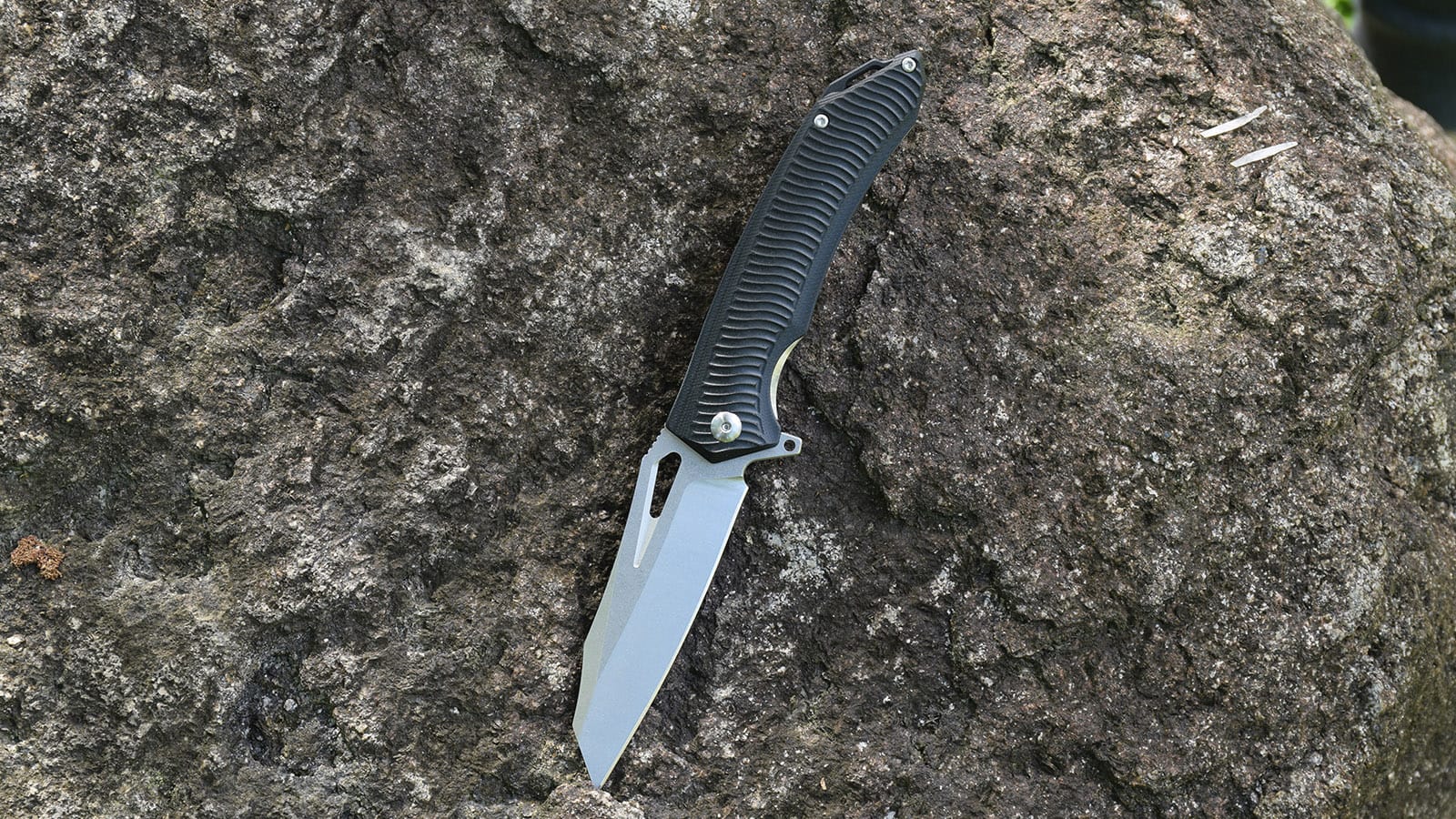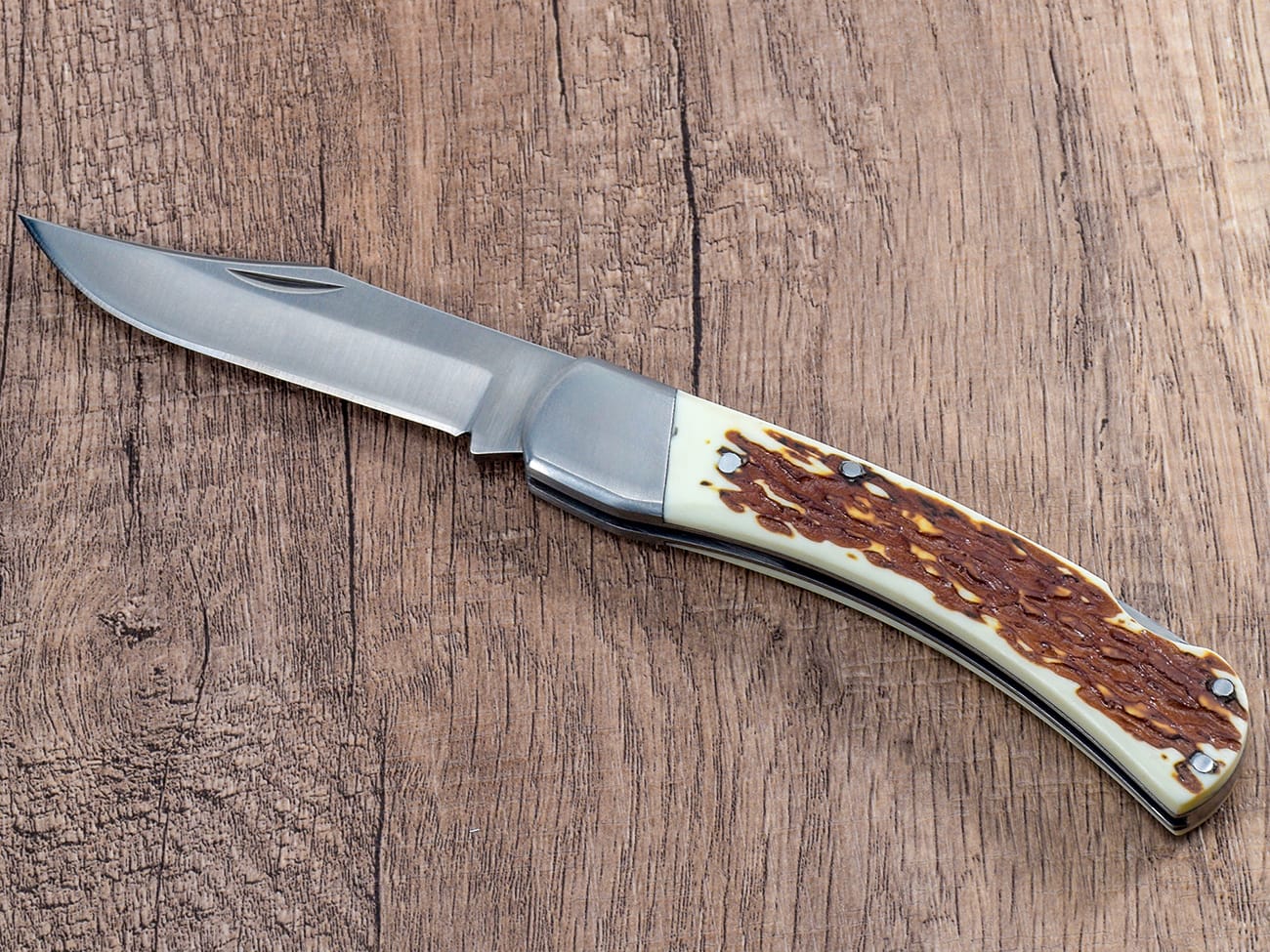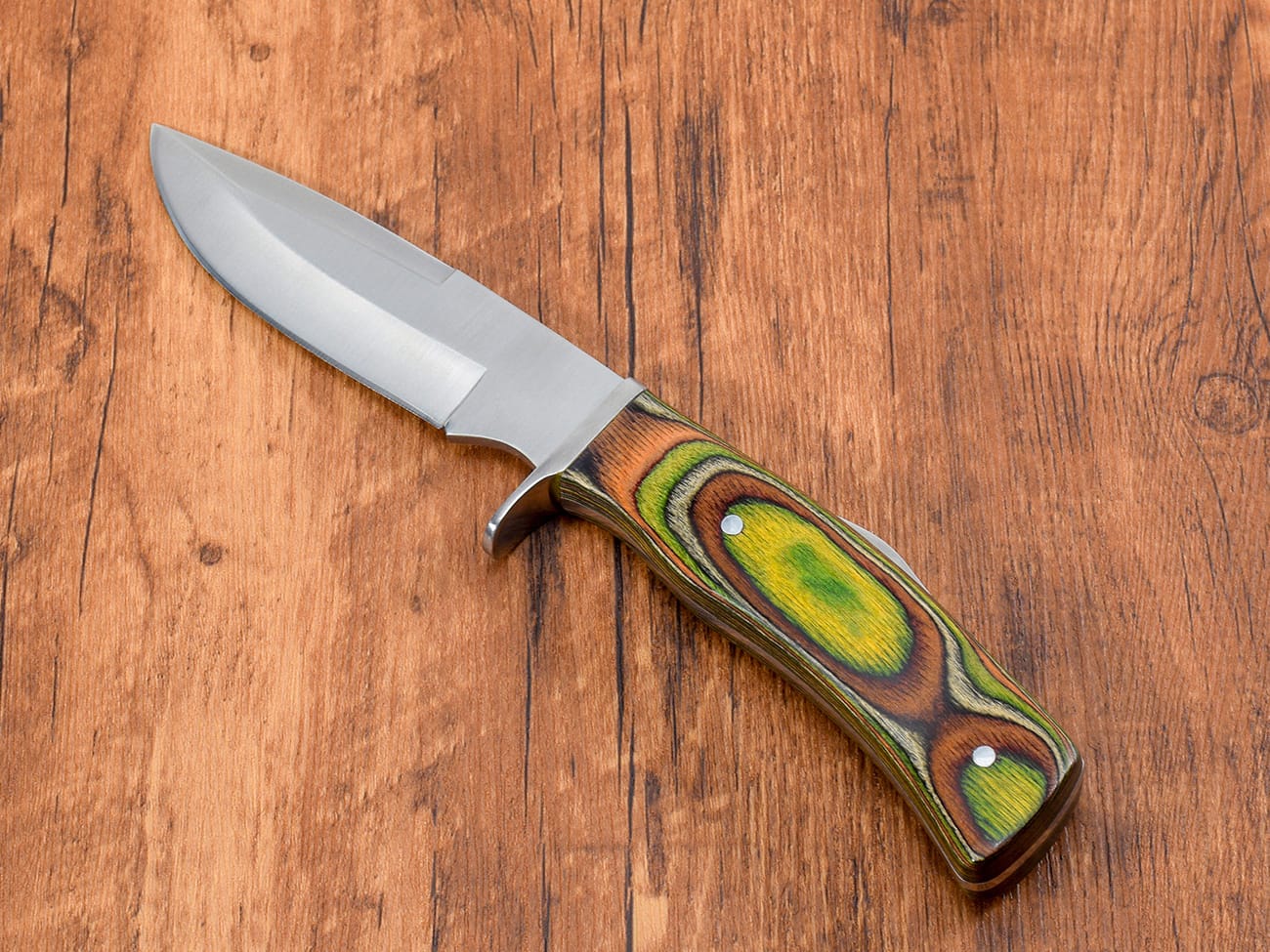Are you tired of struggling with a dull pocket knife? Knowing the right angle to sharpen your blade can make all the difference between a frustrating cutting experience and a smooth, effortless slice. In this comprehensive guide, we’ll explore everything you need to know about finding the ideal sharpening angle for your pocket knife. Whether you’re a seasoned knife enthusiast or a beginner looking to maintain your EDC blade, this article will equip you with the knowledge to keep your knife razor-sharp and ready for action.
Why is the Sharpening Angle So Important?
Before we dive into the specifics, let’s understand why the sharpening angle is crucial for your pocket knife’s performance:
- Edge Retention: The right angle ensures your blade stays sharp longer.
- Cutting Efficiency: A properly sharpened knife requires less force to cut.
- Blade Longevity: Correct sharpening extends the life of your knife.
- Safety: A sharp knife is actually safer to use than a dull one.
What Factors Determine the Best Sharpening Angle?
Several factors influence the optimal sharpening angle for your pocket knife:
- Blade Steel: Different steel types require different angles.
- Knife Purpose: EDC, hunting, or kitchen use may need varying angles.
- Edge Geometry: The existing bevel angle affects sharpening.
- Personal Preference: Some users prefer a more acute or obtuse edge.
What is the Standard Angle for Sharpening a Pocket Knife?
While there’s no one-size-fits-all answer, most pocket knives benefit from a sharpening angle between 15 to 20 degrees per side. This range provides a good balance between sharpness and durability for everyday carry knives.
How Do Different Knife Types Affect the Sharpening Angle?
Let’s explore how various knife types influence the ideal sharpening angle:
- EDC Pocket Knives: Generally, 15-20 degrees per side.
- Hunting Knives: Often 20-25 degrees for added durability.
- Kitchen Knives: Usually 15-17 degrees for finer cutting.
- Outdoor Knives: 20-30 degrees for toughness in rugged conditions.
What Tools Do I Need to Sharpen at the Correct Angle?
To achieve the right angle consistently, consider these sharpening tools:
- Whetstones or bench stones
- Guided sharpening systems
- Angle guides or wedges
- Electric sharpeners with angle presets
How Can I Determine the Current Angle of My Knife’s Edge?
Identifying your knife’s existing edge angle is crucial. Here are some methods:
- Use a angle gauge or protractor
- Employ the marker trick (explained below)
- Consult the manufacturer’s specifications
- Utilize a laser angle finder for precision
What is the Marker Trick and How Does it Help?
The marker trick is a simple yet effective method to find your knife’s current angle:
- Color the edge with a permanent marker
- Make a few passes on your sharpening stone
- Observe where the marker is removed
- Adjust your angle until you’re hitting the entire bevel
Should I Use the Same Angle on Both Sides of the Blade?
In most cases, yes. However, some specialized knives may benefit from asymmetrical edges:
- Symmetrical edges (same angle both sides) for most pocket knives
- Single bevel edges for some Japanese knives
- Slightly different angles for specific cutting tasks
How Do I Maintain Consistency When Sharpening at an Angle?
Consistency is key to achieving a sharp, even edge. Try these techniques:
- Use a sharpening guide or system
- Practice with a marker to visualize your progress
- Maintain a steady hand and consistent pressure
- Count your strokes on each side
What Are the Pros and Cons of Different Sharpening Angles?
Let’s compare the advantages and disadvantages of various sharpening angles:
| Angle Range | Pros | Cons |
|---|---|---|
| 10-15° | Extremely sharp, great for slicing | Less durable, requires frequent sharpening |
| 15-20° | Good balance of sharpness and durability | May not excel in extreme tasks |
| 20-25° | More durable edge, good for tougher use | Not as sharp as lower angles |
| 25-30° | Very durable, ideal for heavy-duty tasks | Less efficient for fine cutting |
How Often Should I Sharpen My Pocket Knife?
The frequency of sharpening depends on several factors:
- Usage frequency and intensity
- Blade steel quality
- Cutting materials (softer vs. harder)
- Storage and maintenance habits
As a general rule, hone your knife regularly and sharpen when you notice a significant decrease in cutting performance.

What Are Some Common Mistakes to Avoid When Sharpening at an Angle?
Be aware of these pitfalls when sharpening your pocket knife:
- Inconsistent angle maintenance
- Applying too much pressure
- Neglecting to sharpen the entire edge
- Over-sharpening and removing excess material
- Using the wrong grit progression
How Do I Know if I’ve Achieved the Correct Angle?
To verify you’ve sharpened at the right angle, try these tests:
- Paper test: Slice through paper smoothly
- Tomato test: Effortlessly cut through tomato skin
- Arm hair test: Carefully shave a small patch of arm hair
- Fingernail test: The edge should grip your fingernail without sliding
Can I Change the Angle of My Knife’s Edge?
Yes, you can modify your knife’s edge angle, but consider these factors:
- The original edge geometry
- Blade thickness behind the edge
- Intended use of the knife
- Your sharpening skill level
Changing the angle may require reprofiling the edge, which can be time-consuming.
What Role Does Steel Hardness Play in Choosing a Sharpening Angle?
Steel hardness significantly impacts the ideal sharpening angle:
- Softer steels (e.g., 420HC, AUS-8): Can handle more acute angles but may not hold them as long
- Harder steels (e.g., S30V, M390): Can maintain more acute angles for longer periods
- Very hard steels (e.g., ZDP-189): Can be sharpened to extremely acute angles but may be brittle
How Do Japanese Knives Differ in Sharpening Angle?
Japanese knives often feature more acute angles:
- Traditional single bevel knives: 10-15 degrees on one side
- Double bevel Japanese knives: Often 10-15 degrees per side
- Western-style Japanese knives: May have slightly larger angles for durability
What’s the Difference Between Inclusive and Exclusive Angles?
Understanding inclusive vs. exclusive angles is crucial:
- Inclusive angle: The total angle of both sides (e.g., 40° inclusive = 20° per side)
- Exclusive angle: The angle on each side of the blade
- Always clarify which measurement you’re using or referring to
How Does Blade Thickness Affect the Sharpening Angle?
Blade thickness plays a role in determining the optimal sharpening angle:
- Thinner blades: Can generally handle more acute angles
- Thicker blades: Often require larger angles for stability
- Consider the blade’s geometry and grind type
What Angle Should I Use for a Swiss Army Knife?
For a Swiss Army Knife:
- Typically, use a 15-20 degree angle per side
- Consider the relatively soft steel used in these knives
- Aim for a balance between sharpness and durability
How Can I Sharpen a Serrated Pocket Knife Edge?
Serrated edges require a different approach:
- Use a tapered sharpening rod or specialized tool
- Maintain the existing angle (usually 20-25 degrees)
- Sharpen each serration individually
- Avoid over-sharpening to preserve the serration shape
What’s the Best Angle for a Hunting Knife?
For a hunting knife:
- Generally, use a 20-25 degree angle per side
- Consider the need for durability in field use
- Adjust based on the specific tasks and game you’ll be processing
How Do I Sharpen a Pocket Knife Without Special Tools?
While specialized tools are helpful, you can sharpen without them:
- Use a flat surface (like a ceramic plate) as a makeshift stone
- Employ the spine of another knife as an angle guide
- Practice maintaining a consistent angle by hand
- Utilize household items like sandpaper on a flat surface
Remember, consistency is key when sharpening freehand.
Key Takeaways: Finding the Perfect Angle to Sharpen Your Pocket Knife
To wrap up, here are the most important points to remember:
- Most pocket knives benefit from a 15-20 degree angle per side
- Consider your knife’s steel, purpose, and existing edge geometry
- Use tools and techniques to maintain consistency in your sharpening angle
- Practice and patience are essential for achieving the perfect edge
- Regular maintenance will keep your knife performing at its best
- Don’t be afraid to experiment to find what works best for your specific knife and needs
By understanding and applying these principles, you’ll be well on your way to maintaining a razor-sharp edge on your pocket knife. Happy sharpening!




